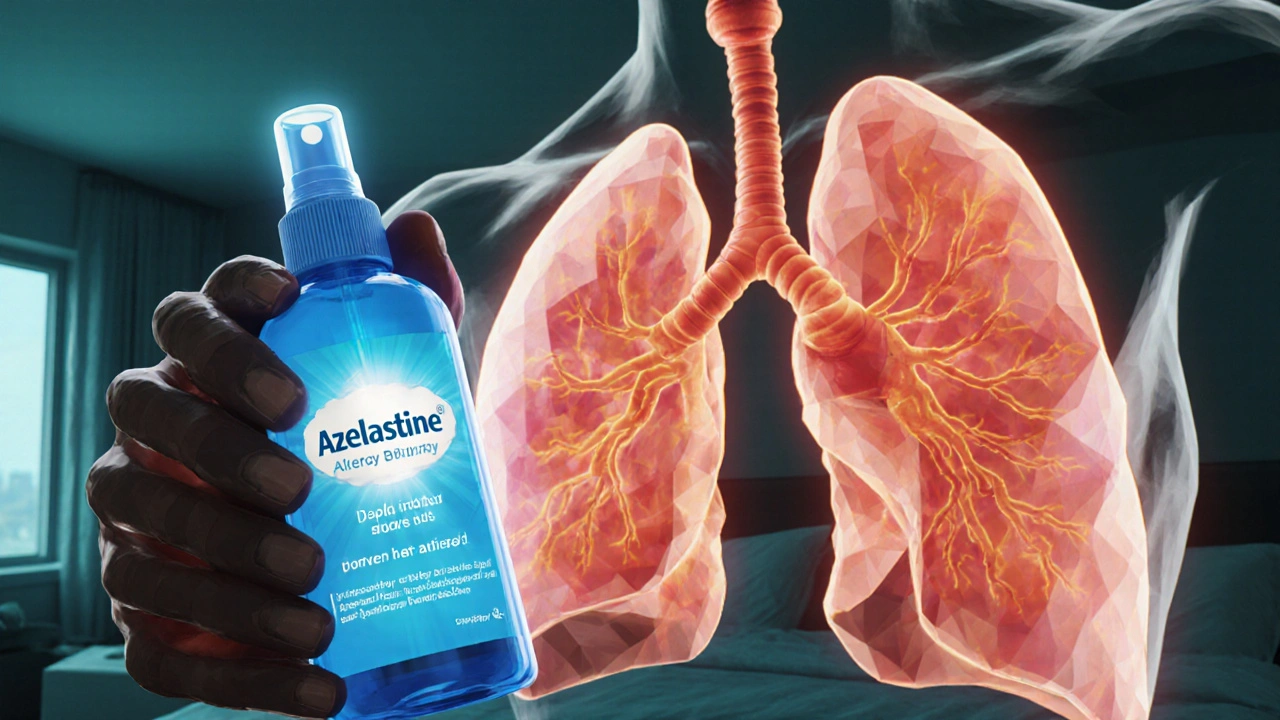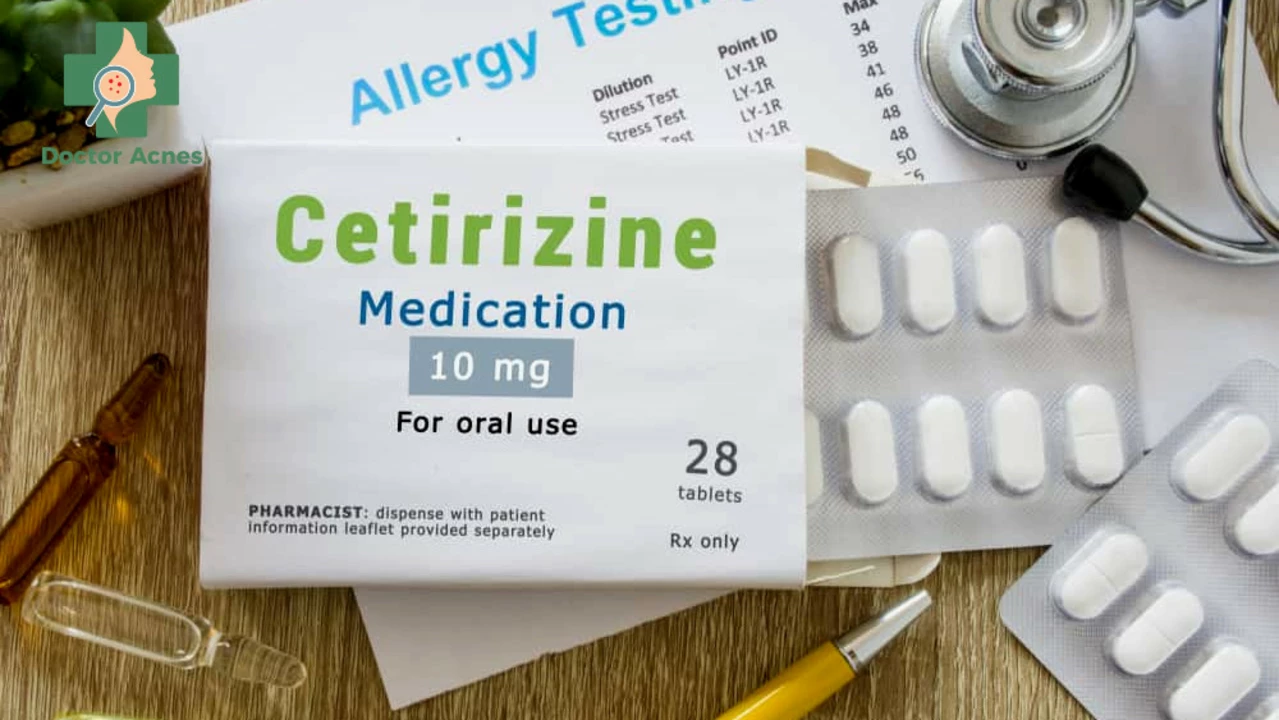Antihistamine Guide: Types, Uses, and Safe Tips
Antihistamines are medicines that block histamine, a chemical your body releases during allergies. They reduce sneezing, itching, runny nose, and hives fast. You can find several kinds over the counter and some stronger ones by prescription.
First-generation antihistamines like diphenhydramine and chlorpheniramine work quickly but often make you drowsy. They cross the blood-brain barrier and can cause dry mouth, blurred vision, and constipation. Use them at night or for short-term needs such as severe itching or motion sickness.
Second-generation options
Second-generation drugs — cetirizine, loratadine, and fexofenadine — cause little to no drowsiness for most people. They last longer, so one pill a day can manage seasonal allergies. If a non-drowsy label still makes you sleepy, try another agent or lower the dose after talking with a clinician.
How to pick and use them
Start with an OTC second-generation antihistamine for everyday allergy symptoms. Read labels: active ingredient, dose, and warnings. Avoid alcohol and check other medicines you take; some cold or sleep products also contain antihistamines and can add up. For kids, use age-appropriate formulations and dosing tools, not kitchen spoons.
If you have high blood pressure, prostate problems, glaucoma, or are pregnant, talk to your doctor before starting any antihistamine. Pregnant people often get advice to prefer loratadine or cetirizine, but always confirm with your healthcare provider. For breastfeeding, choices may differ, so ask a pharmacist.
Antihistamines can also help with non-allergy issues: motion sickness, insomnia (short-term), and certain skin conditions. For chronic urticaria (long-lasting hives), higher-than-usual doses of second-generation drugs are sometimes recommended under medical supervision. Don’t self-adjust doses without guidance.
Watch for side effects: drowsiness, dry mouth, headache, and sometimes stomach upset. Older adults are more sensitive to anticholinergic effects from first-generation drugs and should usually avoid them. If you feel confused, very sleepy, or have trouble urinating, stop the medication and seek help.
When allergies don’t improve after a few weeks, see a specialist. Allergy testing, nasal sprays, or immunotherapy might be better options. For severe reactions like breathing trouble, facial swelling, or fainting, call emergency services right away; antihistamines alone won’t treat anaphylaxis.
Short tips: pick a non-drowsy formula for daytime, save sedating antihistamines for sleep or short flare-ups, keep a list of your meds to avoid interactions, and ask a pharmacist when in doubt. Using antihistamines smartly can control symptoms and keep you safe without unnecessary side effects.
Think about timing: take antihistamines before exposure if you know you'll be around triggers, like pets or pollen. For seasonal plans, start a few days early to reduce peak symptoms. Store pills in a cool, dry place and check expiry dates; effectiveness drops over time. If you plan to drive or operate machinery, test a new antihistamine at home to see how it affects you. Keep emergency contacts and a list of severe reactions in your phone if you have a history of allergies. If cost is an issue, generic versions of cetirizine or loratadine work well and are cheaper than brands. Ask your pharmacist about coupons.

How Azelastine Relates to Bronchitis: Benefits, Risks, and Practical Tips
- by Colin Edward Egan
- on 15 Oct 2025
Explore how azelastine, an antihistamine nasal spray, interacts with bronchitis symptoms, its benefits, risks, and practical usage tips.

Bepotastine and Oral Allergy Syndrome: Can it Help Manage Symptoms?
- by Colin Edward Egan
- on 16 May 2023
As a blogger, I recently came across the topic of Bepotastine and its potential role in managing Oral Allergy Syndrome (OAS) symptoms. OAS is a common form of food allergy that causes itchy mouth and throat after consuming certain raw fruits, vegetables, and nuts. Bepotastine, an antihistamine, has shown promise in reducing these symptoms due to its ability to block histamine receptors. Although more research is needed, it seems that Bepotastine could be a helpful treatment option for those suffering from OAS. I'm excited to follow any future developments and share them with my readers!
